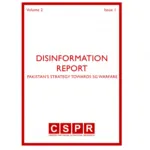The rise or regrouping of militancy in the new form is a real threat to Indian expansionism
Educated, privileged, and digital literate young people have joined the militancy.
The Indian former Intelligence Bureau Director A. S. Dulat warned, “The calm appears deceptive.”


